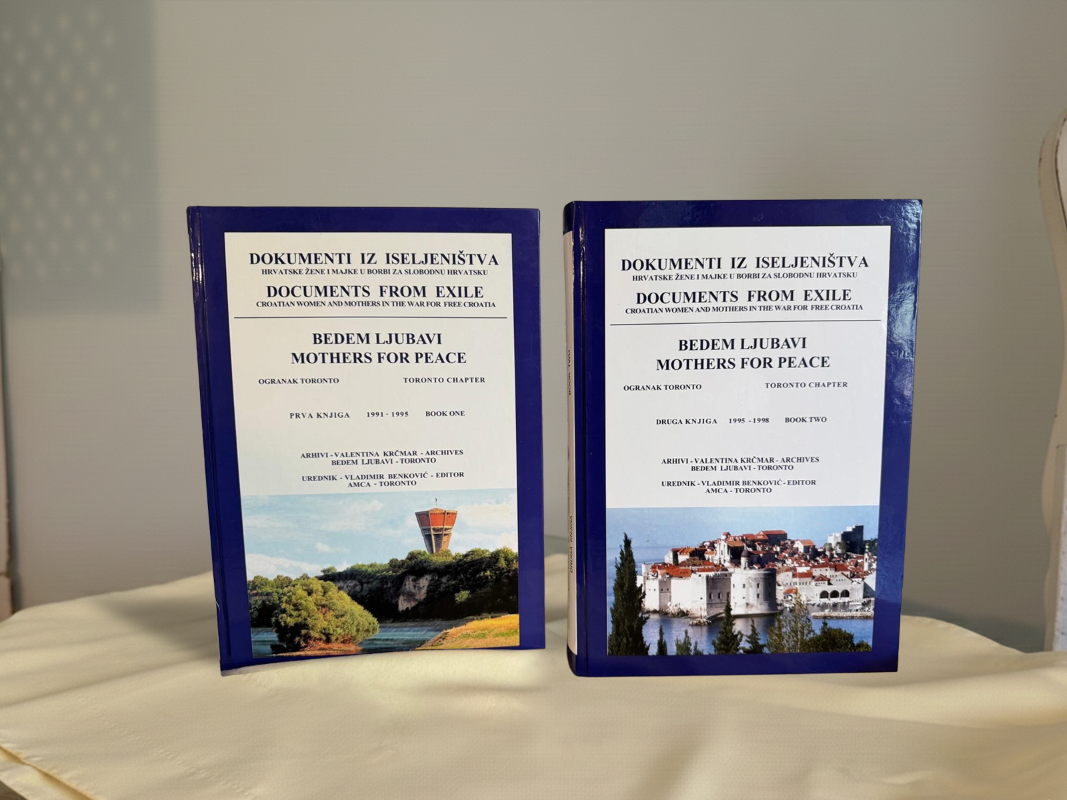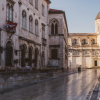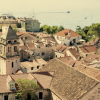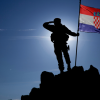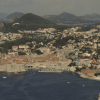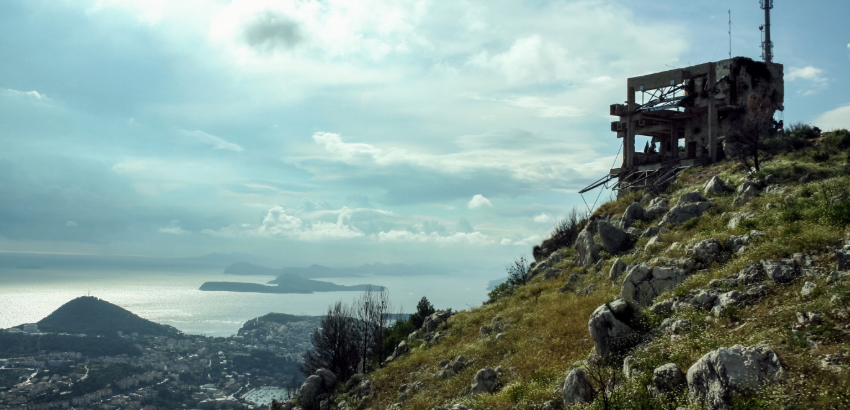
By 1991, Croatia’s calls for independence from Yugoslavia had reached a breaking point. What began as political unrest the year before erupted into open war. With the Yugoslav People’s Army (JNA) backing Serb forces, Croatia found itself fighting for its very survival and identity.
March 31 – First Clashes in Pakrac
The first armed confrontation of the war erupted in Pakrac, a town in western Slavonia. Croatian police attempted to assert control over the area, but were met with fierce resistance from Serb paramilitary forces. The brief but violent encounter signaled that negotiations had failed — and the conflict had begun.
May 2 – The Borovo Selo Massacre
In the eastern village of Borovo Selo, near Vukovar, a Croatian police patrol was ambushed by Serb militants. Twelve Croatian policemen were killed in what became known as the Borovo Selo Massacre. News of the killings spread quickly, igniting outrage and cementing divisions between Croats and Serbs across the region.
June 25 – Croatia Declares Independence
On June 25, Croatia formally declared independence from the Socialist Federal Republic of Yugoslavia, joining Slovenia in its historic breakaway. For many Croatians, it was the realization of a long-held dream of sovereignty. But for the Yugoslav leadership, it was an act of rebellion — and war was now inevitable.
July–October – Escalation and the JNA Intervention
As summer turned to fall, the Yugoslav People’s Army (JNA), dominated by Serbian leadership, moved to crush Croatia’s independence movement. Towns and cities across the country came under heavy bombardment. The conflict intensified rapidly, and Croatia began to organize its defense under newly formed military units.
August 25 – September 22 – Siege of Vukovar
The battle for Vukovar became one of the war’s most harrowing chapters. Over 87 days, the city endured relentless shelling and brutal street fighting. Despite being vastly outnumbered, Croatian defenders held out heroically against the JNA and Serb paramilitaries. The siege became a symbol of both Croatia’s suffering and its resilience.
October 3 – Dubrovnik Under Attack
Far to the south, the UNESCO-protected city of Dubrovnik came under assault by the Yugoslav Navy and JNA forces. Images of the historic walled city burning shocked the international community and drew condemnation from around the world. The attack underscored the war’s indiscriminate destruction of cultural heritage and civilian life.
November 18 – The Fall of Vukovar
After nearly three months of siege, Vukovar fell on November 18. In the aftermath, Serb forces committed one of the war’s most infamous atrocities — the Vukovar Massacre. Over 200 civilians and prisoners of war were executed at Ovčara, their bodies buried in mass graves. The tragedy became a lasting scar on Croatia’s collective memory.
December 19 – Republika Srpska Krajina Declared
As the year drew to a close, Serb-controlled regions within Croatia proclaimed themselves the Republika Srpska Krajina (RSK). This self-declared state sought unification with Serbia, further entrenching the division of Croatian territory and setting the stage for years of devastating conflict to come.
